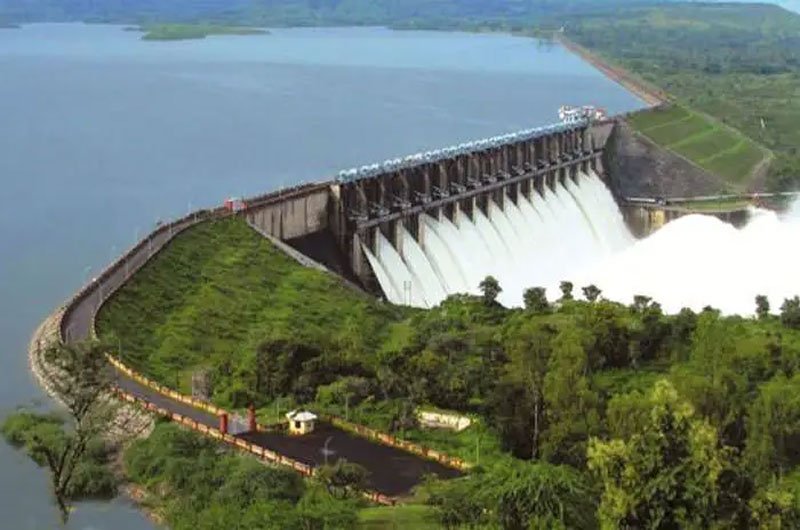Imagine a river starting in the hills, flowing across states, looping, and touching the Tropic of Cancer line twice. The Tropic of Cancer is a crucial imaginary line of latitude. It lies at 23.5° north of the Equator and marks the northernmost point where the Sun appears directly overhead during the Summer Solstice. This line crosses several countries, including India. Now, here is an interesting fact. There is one river that crosses the Tropic of Cancer twice. It rises in the Vindhya hills and flows through three states. It also has a major dam and plays a key role in the water supply. Do you know which river this is? In this article, we will explore its whole journey.
ALSO READ| List of 10 Countries with No Rivers
Which River Crosses The Tropic Of Cancer Twice?

The river that holds the unique distinction of crossing the Tropic of Cancer twice in India is the Mahi River. It is a major river in western India. It starts its journey from the northern slopes of the Vindhya Range in the Dhar district of Madhya Pradesh. From there, it first flows northwards, crossing the Tropic of Cancer. It then makes a large, sweeping 'U'-shaped bend and flows into the state of Rajasthan (through the Vagad region). Finally, it turns southwest, enters the state of Gujarat, and crosses the Tropic of Cancer for the second time.
The river ends its long path by emptying its waters into the Arabian Sea through the Gulf of Khambhat. Its total length is approximately 583 km, and it is one of the few major rivers in India that flows westward.
FOR YOU| List of 7 Largest River Islands in the World
10 Lesser-Known Facts About the Mahi River
- The river is often affectionately called "Mahisagar" due to its vastness in certain regions.
- It is one of only a handful of major rivers in India, along with the Narmada and Tapti, that flow west and drain into the Arabian Sea.
- Its general westward flow and path are strongly influenced by the tectonic tilts (slight movements) of the Indian Peninsular Plate.
- The Mahi River is perennial, meaning it maintains water flow throughout the year, primarily sustained by monsoon rains and groundwater recharge.
- The river carries a heavy silt load during the monsoon season, which is crucial for depositing fertile alluvial soil along its floodplains.
- When it meets the Arabian Sea, the Mahi forms a significant estuary —a partially enclosed coastal body of brackish water essential to marine biodiversity.
- The forested and hilly regions near its source (the Vindhya Range) act as a vital watershed, capturing rainfall and slowly feeding the river system.

- Its basin provides a habitat for various aquatic species, including the Indian Softshell Turtle, making it an important ecological corridor.
- The Mahi Bajaj Sagar Dam is located on the Mahi River in the Banswara district of Rajasthan and is the state's second-largest dam.
- Silt carried by the Mahi River over centuries contributed to the shallowing of the Gulf of Khambhat, leading to the decline of its once-rich ancient ports.
- The river is a crucial source of water for the tribal-dominated Vagad region of Rajasthan.
- Its main feeder rivers, or tributaries, include the Som, Anas, and Panam.
- The Mahisagar district in Gujarat is directly named after this revered river.
- Its distinctive looping, or ''U'-shaped, path in the upper regions is what causes the rare dual crossing of the Tropic of Cancer.
WHAT'S NEXT| Do You Know What The Smell Of Rain Is Called?
Comments
All Comments (0)
Join the conversation